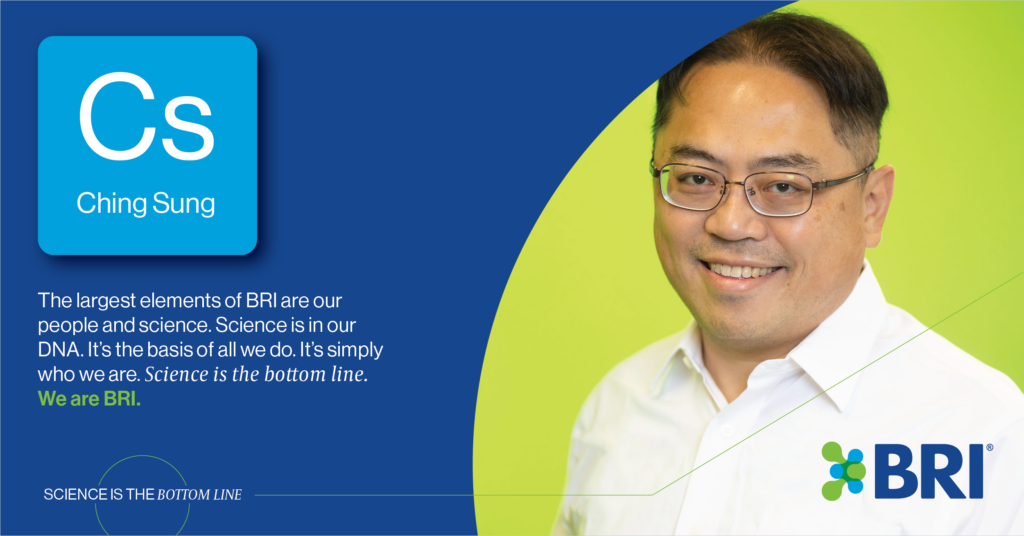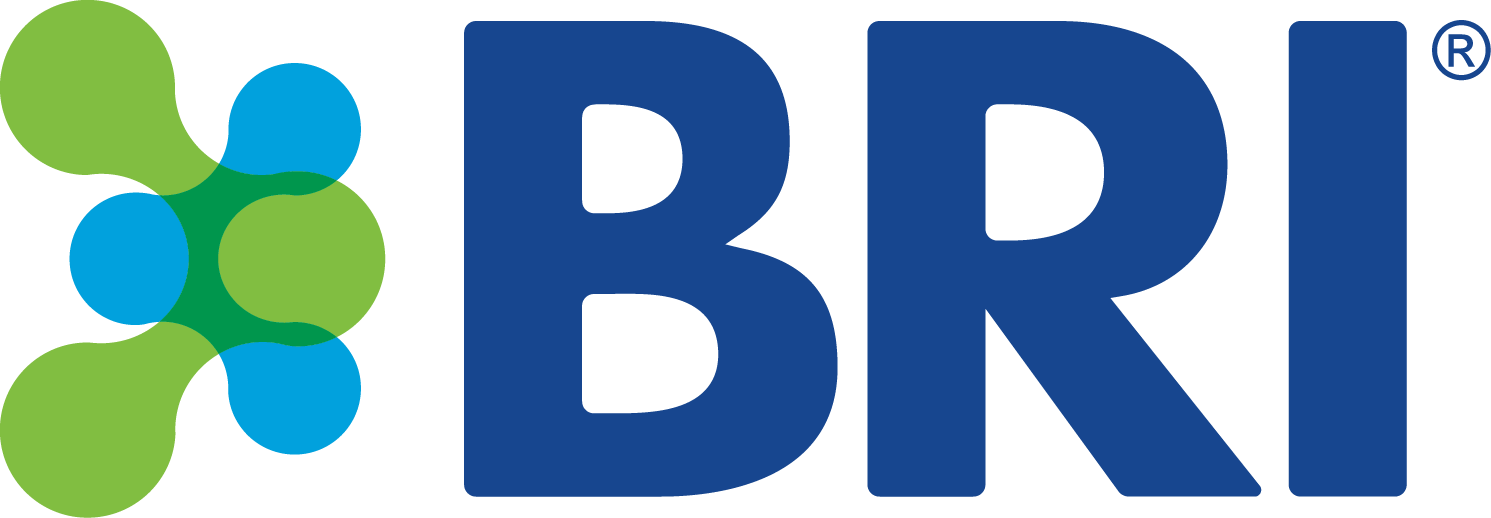
Everything at BRI is based on science. We use experimentation to improve our products and processes. From a young age, Ching-Sung Tsai’s life was shaped by science. In middle and high school in Taiwan, he was interested in chemistry. Ching-Sung imagined his career would always be testing chemical reactions inside tubes. Later, he found biology to be more interesting and discovered how he could use chemistry to increase his knowledge of biology. Ching-Sung then decided to go into the field of environmental engineering, which focuses on both chemistry and biology, for college.
When I entered college at National Cheng-Kung University, I was very interested in bioreactors, especially those used to treat wastewater. After joining a lab focusing on anaerobic wastewater treatment with various types of reactors and participating in and winning a few thesis competitions with students from other universities, it seemed like I’d found my career in biological processes. With a scholarship from National Taiwan University in hand, I completed my master’s degree in environmental engineering and continued my work in optimizing biological wastewater treatment processes. After working with bioreactors for 6 years, I decided to learn more about microorganisms and changed my focus for my Ph.D. to molecular microbiology at Cornell University.
Pathogens were my focus at Cornell, and I studied Quorum Sensing to understand how pathogenic bacteria communicate and use signals to increase virulence. I found new genes controlled by quorum sensing in the human pathogen Yersinia enterocolitica. This study solved the puzzle that haunted the Yersinia quorum sensing field for decades. I delved into environmental microbiology again for my first postdoctoral training, thinking of using molecular biology to solve environmental microbiology problems. Unexpectedly and fortunately, I was involved in the revolution of environmental microbiology and learned how to analyze microbial communities using sequencing technologies. In my second postdoctoral training, I decided to deepen my molecular biology skills. I joined a lab without hesitance to learn how to use CRISPR to engineer strains. After two and a half years there, I published several papers on the CRISPR technique and using CRISPR to increase the production of yeast, and then I came to BRI.
I was very lucky to have the chance to contribute my techniques to BRI. I introduced and developed the CRISPR platform, applied my microbiology skills to evaluate products, and used bioinformatics skills to help product registration in Europe.
In recent years, my focus has been to scale up the fermentation of our next generation of protease. Fortunately, with all the support from the executives, we went through the hiring process and assembled a great team with myself as the Manager, Biotechnology, one molecular biologist, one fermentation scientist, one fermentation engineer/lab manager, and two fermentation research associates. Working together, we have developed our capabilities in strain engineering, fermentation development, and fermentation downstream processes. With these capabilities, we accomplished the task of scaling up the production of BRI’s next-gen protease. Since fermentation is a combination of art and science, I also participate in communication with our toll manufacturers to scale high-quality products that will benefit poultry producers all over the world.

